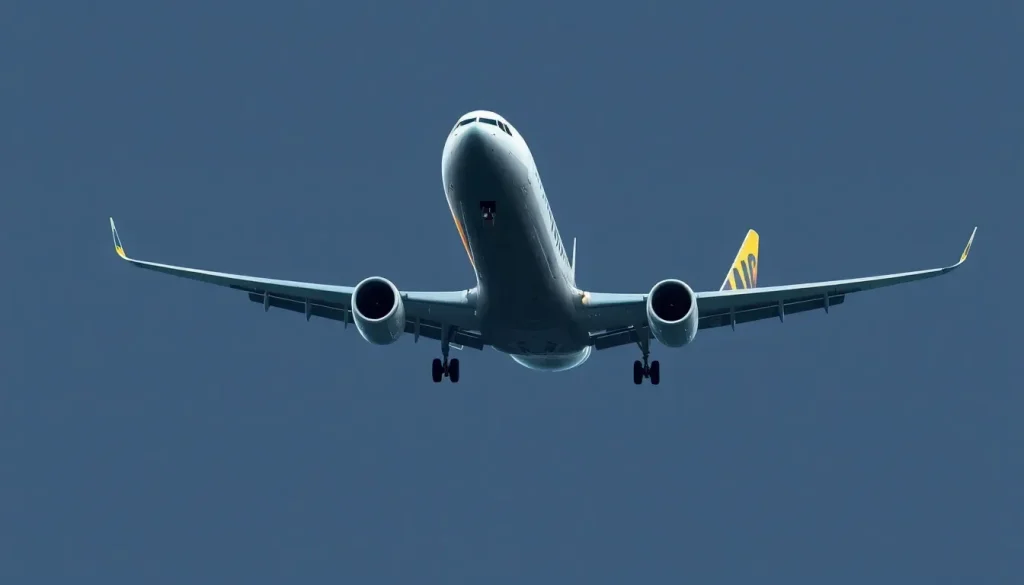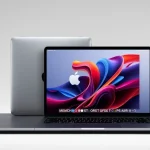Delayed Vision Air Flight May Lead to Cancellation

Apple has long been a leader in innovation, but even the most groundbreaking products can face challenges. The anticipated Vision Pro has garnered significant attention, but many users are eagerly awaiting a more affordable and lighter alternative known as Vision Air. However, recent developments may indicate a longer wait than expected.
With projected launch dates fluctuating between 2025, 2026, and even 2027, the anticipation for Vision Air could be overshadowed by delays. A recent report suggests that Apple may be reallocating resources to accelerate the development of a different product: smart glasses.
Identifying the challenges of Vision Pro
While there's no denying that the Vision Pro is a cutting-edge device, it presents two significant obstacles that could hinder its success. The first issue is its steep price tag, starting at over $3,500. This cost is not only higher than that of a fully equipped MacBook Pro but also places it outside the reach of many potential customers, including devoted Apple enthusiasts.
The second major concern comes from user feedback regarding the headset's weight. Many early adopters reported discomfort after just an hour of use, a sentiment echoed in reviews and personal experiences. Users have expressed that the headset's bulkiness can detract from the immersive experience it aims to provide.
Vision Air: A Solution to Existing Problems
Despite the challenges associated with the Vision Pro, there's hope that the Vision Air will address these concerns. While it may never be a budget-friendly option, expectations are that it will price between $1,500 and $2,000, significantly more accessible than its predecessor.
My initial willingness to purchase at $1,500 increased to $2,000 after trying out the Vision Pro, which highlights the delicate balance between affordability and feature offerings.
To enhance comfort and reduce weight, Apple is expected to make some key changes. Notably, the removal of the EyeSight feature, which many users view as a gimmick rather than a necessity, is anticipated. This move is aimed at prioritizing user comfort, allowing for longer wear without discomfort.
Additionally, the Vision Air may feature lower resolution displays. However, early reports suggest that these screens will still deliver satisfactory performance for most applications, maintaining a quality that users have come to expect from Apple products.
The delays: What to expect
Recent reports indicate that Apple is pausing its plans for the Vision Air to focus on developing smart glasses that can compete with offerings from companies like Meta. This shift in focus raises questions about the future of the Vision Air.
Apple has announced an internal reassignment of staff from the Vision Air project to expedite the development of smart glasses, reflecting a strategic pivot to meet emerging market demands.
How delays could jeopardize the Vision Air
The long-term goal of Apple appears to be the creation of smart glasses, with Vision Pro serving as a stepping stone in that direction. Given the rapid advancements being made in smart glasses technology, there is a possibility that by 2028, a large headset like Vision Pro may seem outdated.
As we observe the evolving landscape of personal computing and augmented reality, it’s worth considering whether the Vision Air will have a place in a market increasingly dominated by smaller, more convenient devices. For many users, accessories such as iPhone-compatible displays or multi-monitor solutions may suffice without the need for a bulky headset.
For instance, products like iPhone face monitors offer effective alternatives for viewing content without the encumbrance of a headset. If these solutions can provide the same functionalities, they may render standalone headsets less relevant.
What are your thoughts?
With the potential for smart glasses to serve as multi-monitor solutions for MacBooks, along with easy access to movies and TV shows from iPhones, the necessity for a pricier, bulkier standalone headset becomes questionable. Is there still a market for Vision Air, or will evolving technology render it obsolete before it even launches?
Please share your thoughts in the comments below.




Leave a Reply